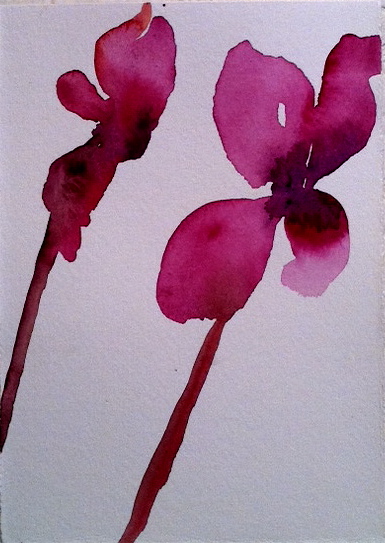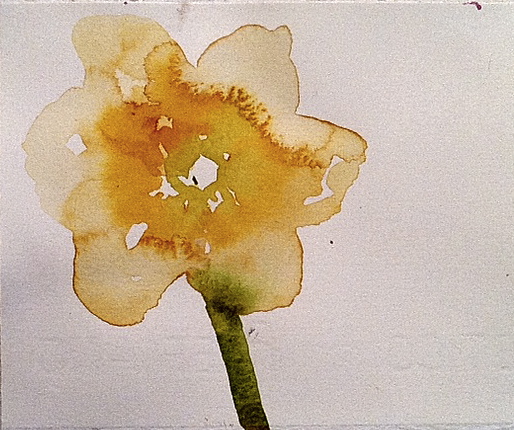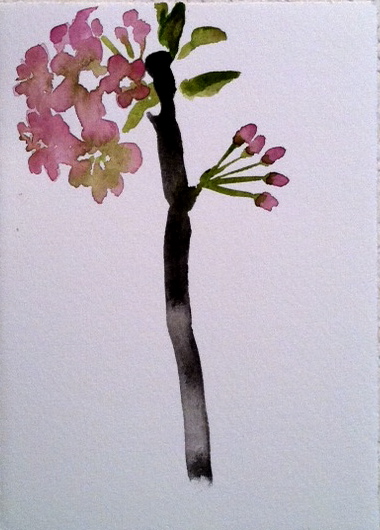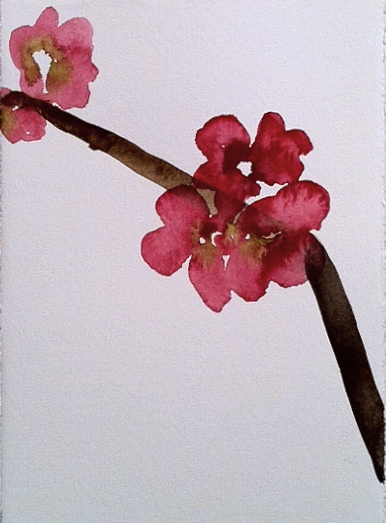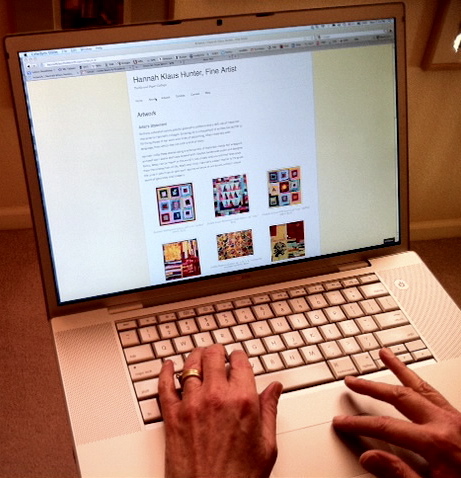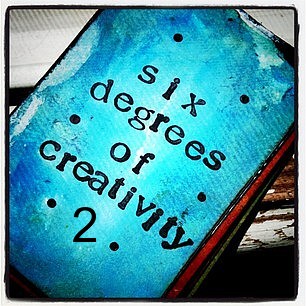 In my daily life, I work hard to carve out studio time. I treasure these precious hours of creativity that bring sanity and grace to my hectic, scheduled life and I didn't think there was room to add "one more thing."
However, when I was invited to teach a class for Six Degrees of Creativity 2, I was intrigued and tempted. Six Degrees of Creativity 2 is an on-line art workshop and community, sponsored by the Art Therapy Alliance and includes six different workshops. Each is offered by a different instructor from the art therapy community and explores hands-on art making concepts and techniques as means for social change and transformation.
In my daily life, I work hard to carve out studio time. I treasure these precious hours of creativity that bring sanity and grace to my hectic, scheduled life and I didn't think there was room to add "one more thing."
However, when I was invited to teach a class for Six Degrees of Creativity 2, I was intrigued and tempted. Six Degrees of Creativity 2 is an on-line art workshop and community, sponsored by the Art Therapy Alliance and includes six different workshops. Each is offered by a different instructor from the art therapy community and explores hands-on art making concepts and techniques as means for social change and transformation.
Although I thought long and hard before taking on that "one more thing," I knew that teaching one of the six classes could add a new dimension to my studio time, especially since I could choose what I wanted to teach. So, what did I want to learn more about?
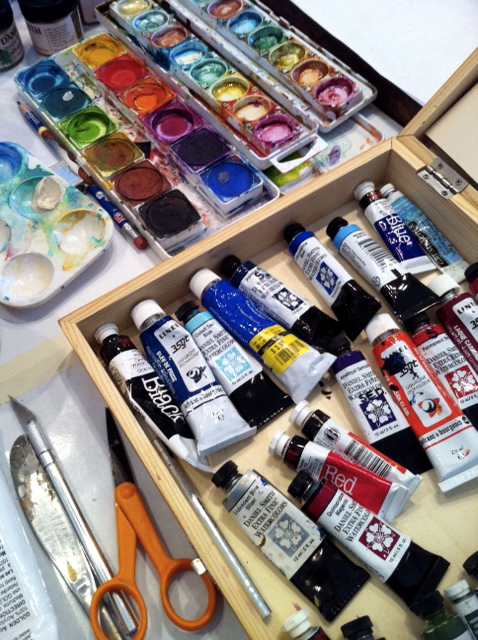 I like to teach around my current studio obsessions, but for a class lasting six months, I needed to find something that would provide continuity, no matter what my immediate focus. I decided to explore how to help artists and other creatives build and maintain a studio practice; nurturing a conscious habit of doing something over and over --or what Csikszentmihalyi called "flow:" that single minded immersion into an activity.
I like to teach around my current studio obsessions, but for a class lasting six months, I needed to find something that would provide continuity, no matter what my immediate focus. I decided to explore how to help artists and other creatives build and maintain a studio practice; nurturing a conscious habit of doing something over and over --or what Csikszentmihalyi called "flow:" that single minded immersion into an activity.
Writer Elizabeth Bishop came up with wonderful line. She said that, "the thing we want from great art is the same necessary for its creation, and that is a self-forgetful, perfectly useless concentration."
I decided to call my class, Still Point in a Changing World: Creating a Mindful Studio Practice. We'll concentrate on cultivating that perfectly 'useless' or mindful concentration that drives a studio practice.
Six Degrees of Creativity goes on sale April 1 - June 30, 2012 and you can find out more by clicking here.

